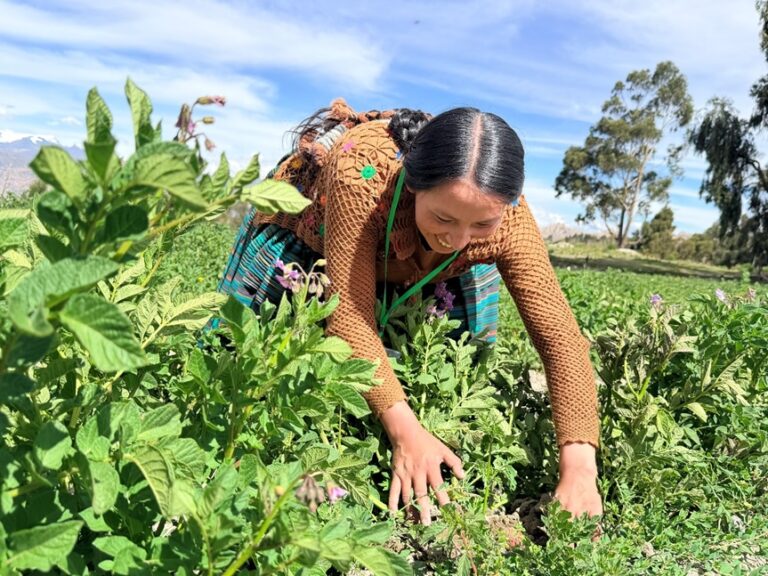Development of a Communication Plan for Food Safety in Jamaica

Background
Today’s global food market has placed the onus on Governments to undertake the regulatory responsibility of ensuring that the food being traded within or outside their borders is safe for consumption. Governments must collaborate with the private sector and consumers to promote food safety. Understanding the views and practices of businesses and consumers with respect to food safety will help in determining a programme for promoting safe food in keeping with the continuum from farm to fork. Therefore, it would be appropriate to conduct a knowledge, attitudes and practices study to inform the design and development of a food safety communication plan for Jamaica. Whilst there are existing food safety messages from the ministries, departments and agencies, there needs to be a more coordinated and integrated food safety communication plan that embraces the entire food continuum.
Objective of the Consultancy
Develop a food safety communication plan for the Jamaican public, based on the findings of a knowledge, attitudes and practices study of the target groups.
Responsibilities of the Consultant
- Develop a food safety communication plan, to comprise the following actions:
- Conduct a knowledge, attitude and practices (KAP) study to inform the design of the communication plan. Study can include survey and focus group discussions
- Write a food safety communication plan that:
- Summarizes the study findings
- Identifies target audiences
- Identifies messages and appropriate communication media for various target audiences
- Includes a communication plan for risks and emergencies (such as for a food borne outbreak, in times of disaster like a hurricane, and risks such as street vended foods)
- Outlines the required coordination among ministries, departments and agencies to enable effective implementation of the plan
- Outlines steps to implement the communication plan
- Provides estimated costs (resource requirements) to implement the plan
- Justifies recommended strategies and communication methods against considerations for the best return on investment
Consultant’s Qualifications
Applicants shall, through education, training, work experience and consulting experience be able to demonstrate a satisfactory level of competence in the following areas:
- Tertiary qualification in Communications, Public Relations or Market Research
- Knowledge of food safety and risk communication
- Experience in and ability to undertake research activities, in particular a Knowledge, Attitudes and Practices Study
- Knowledge in Project Management would be an asset
- Excellent writing, presentation and communication skills











